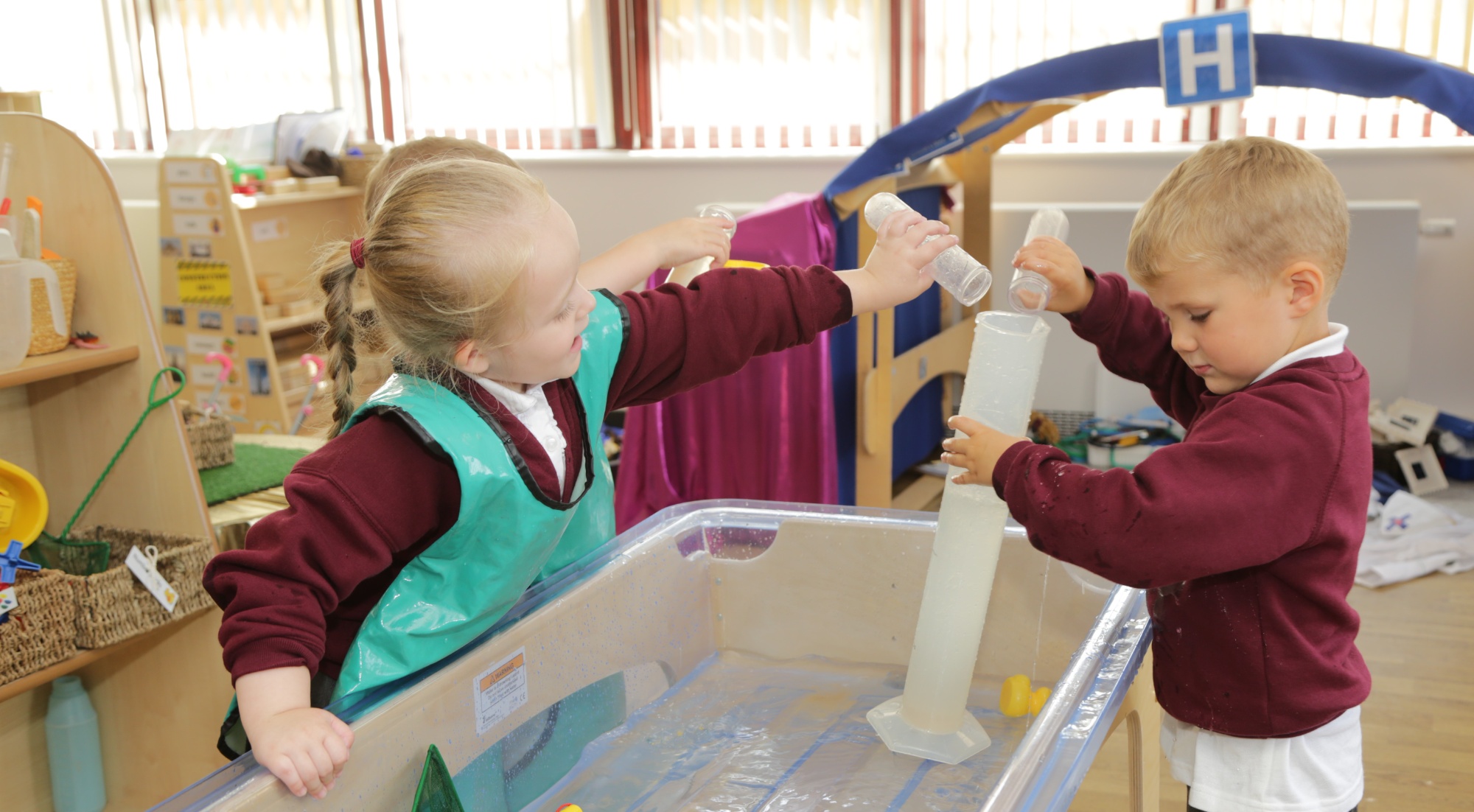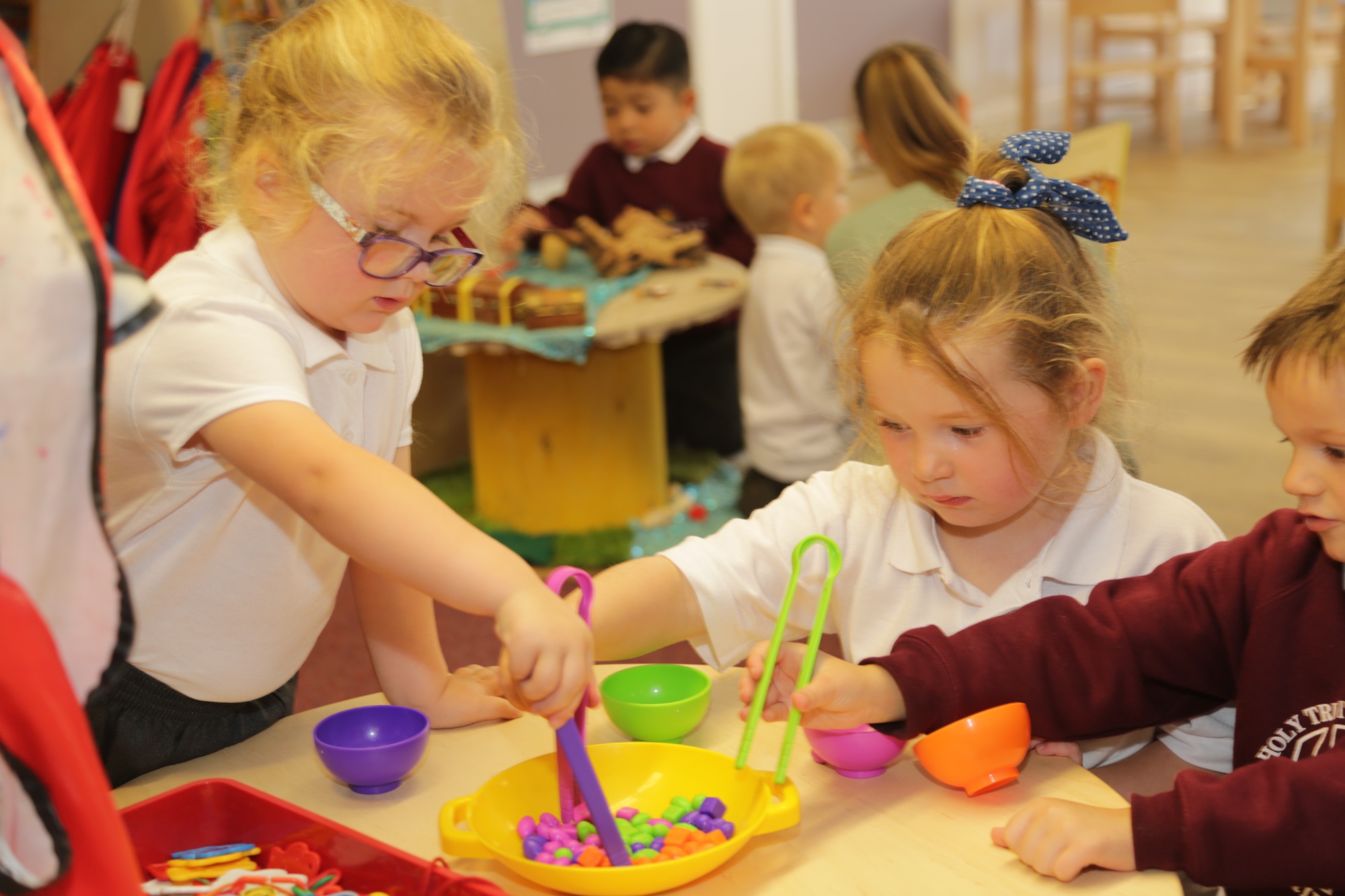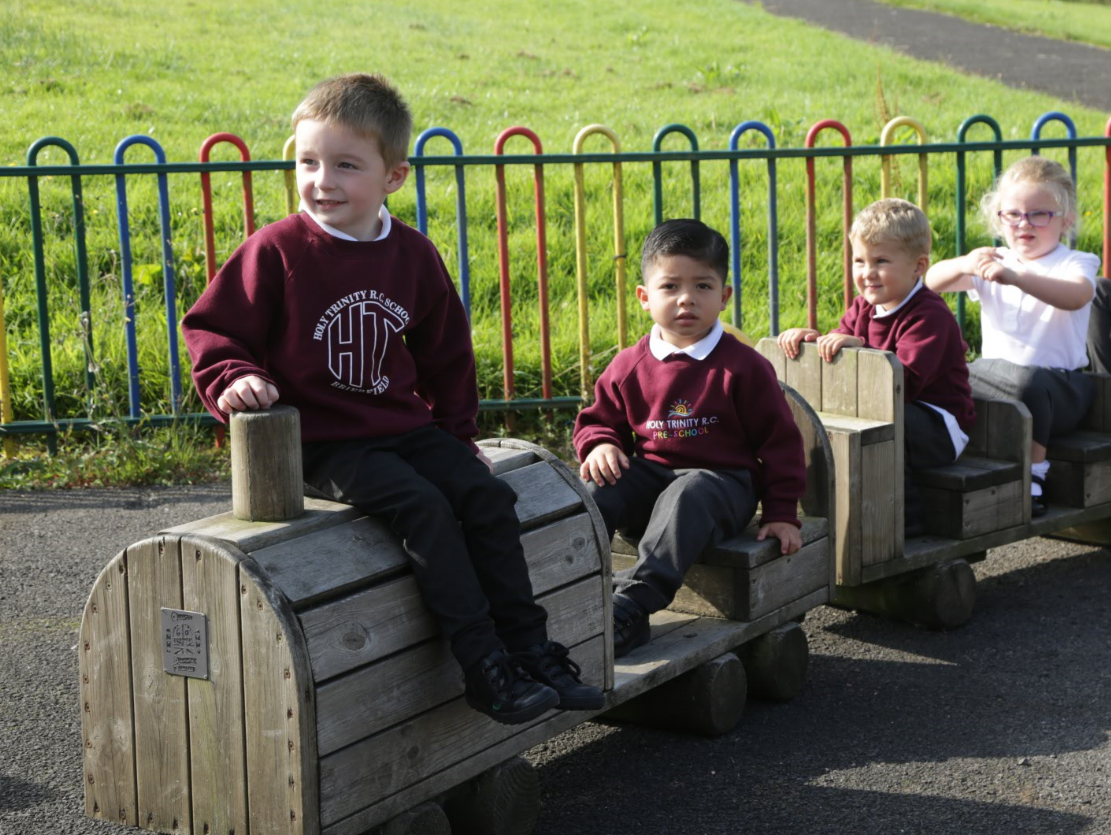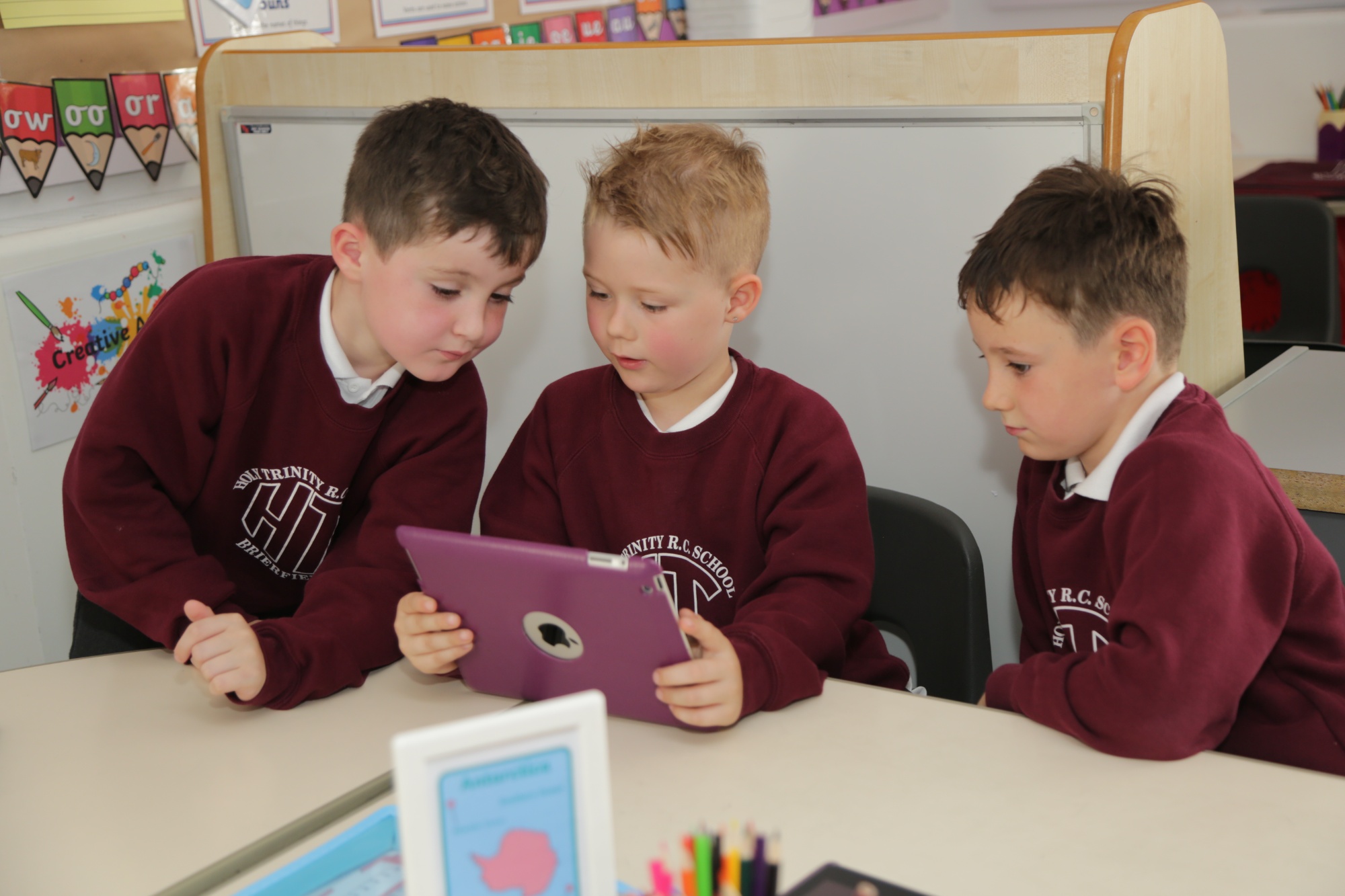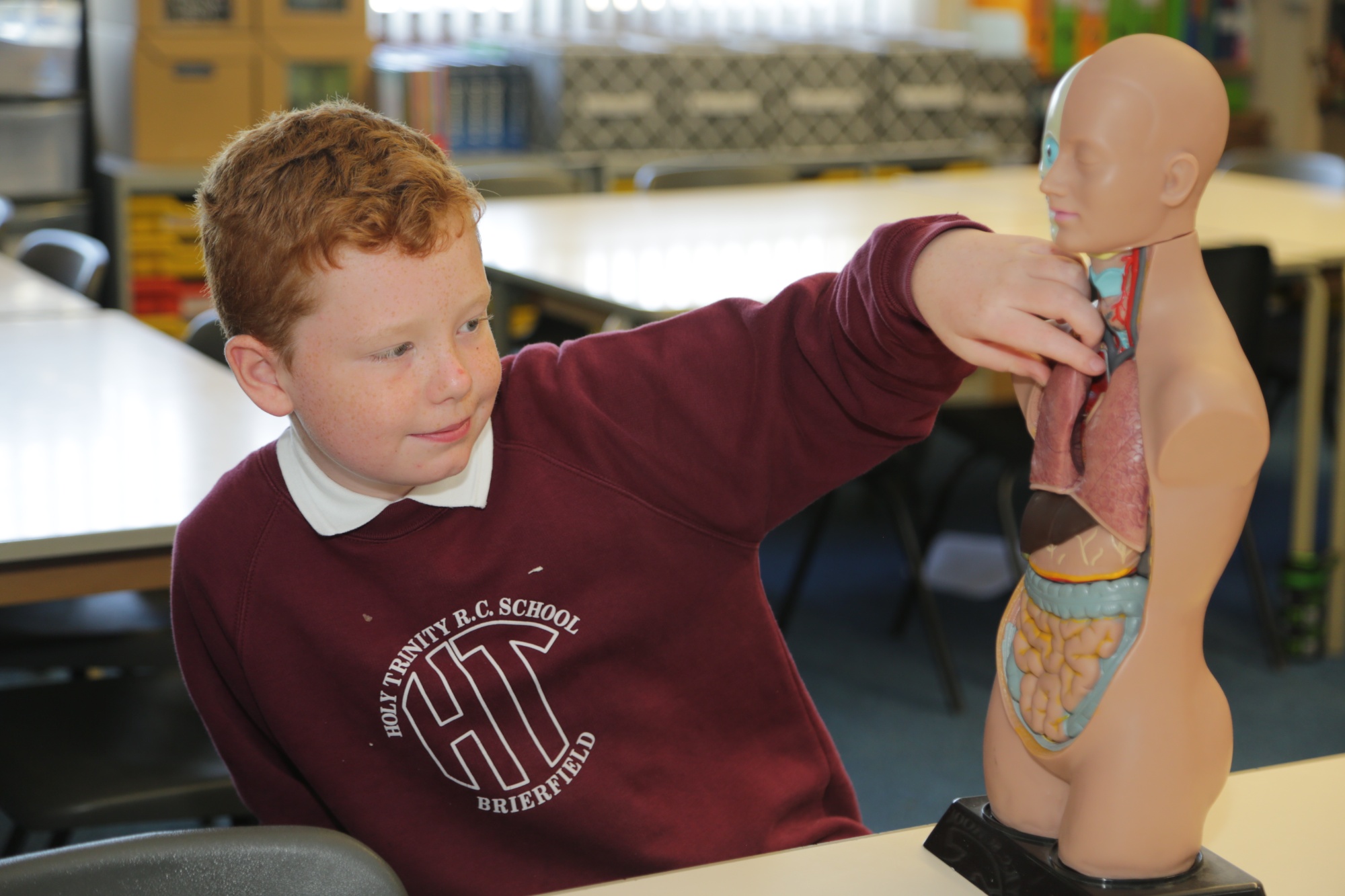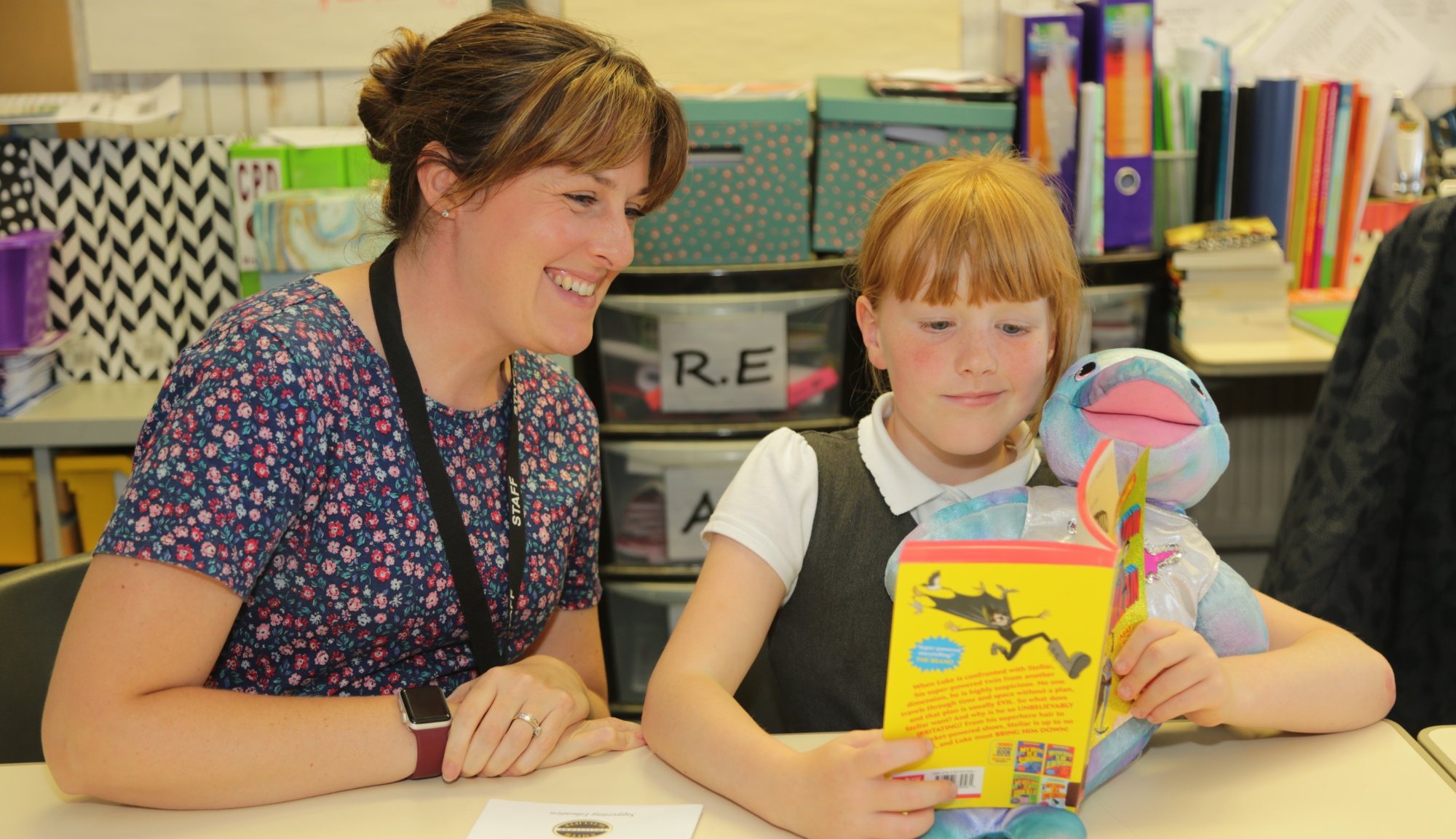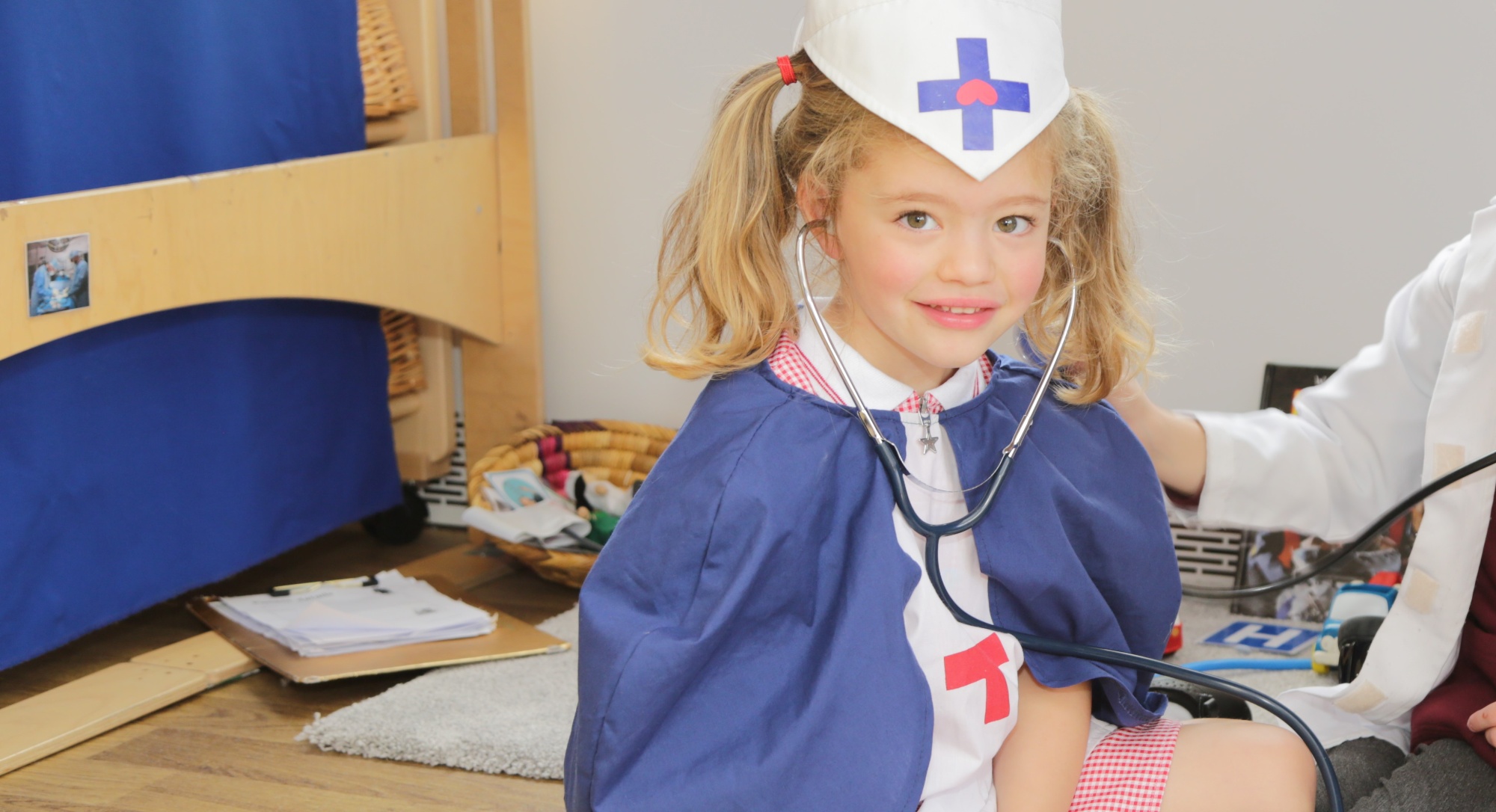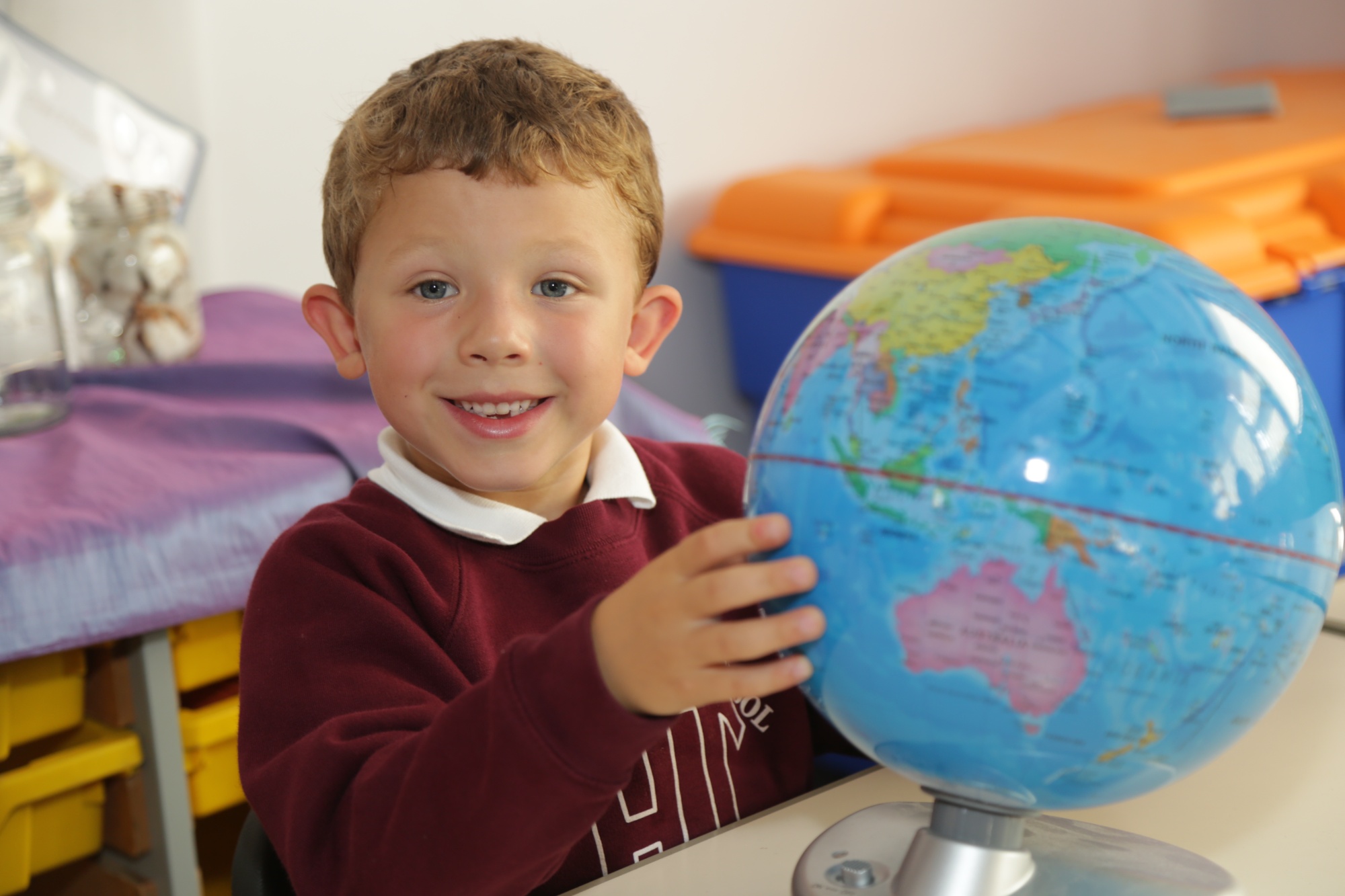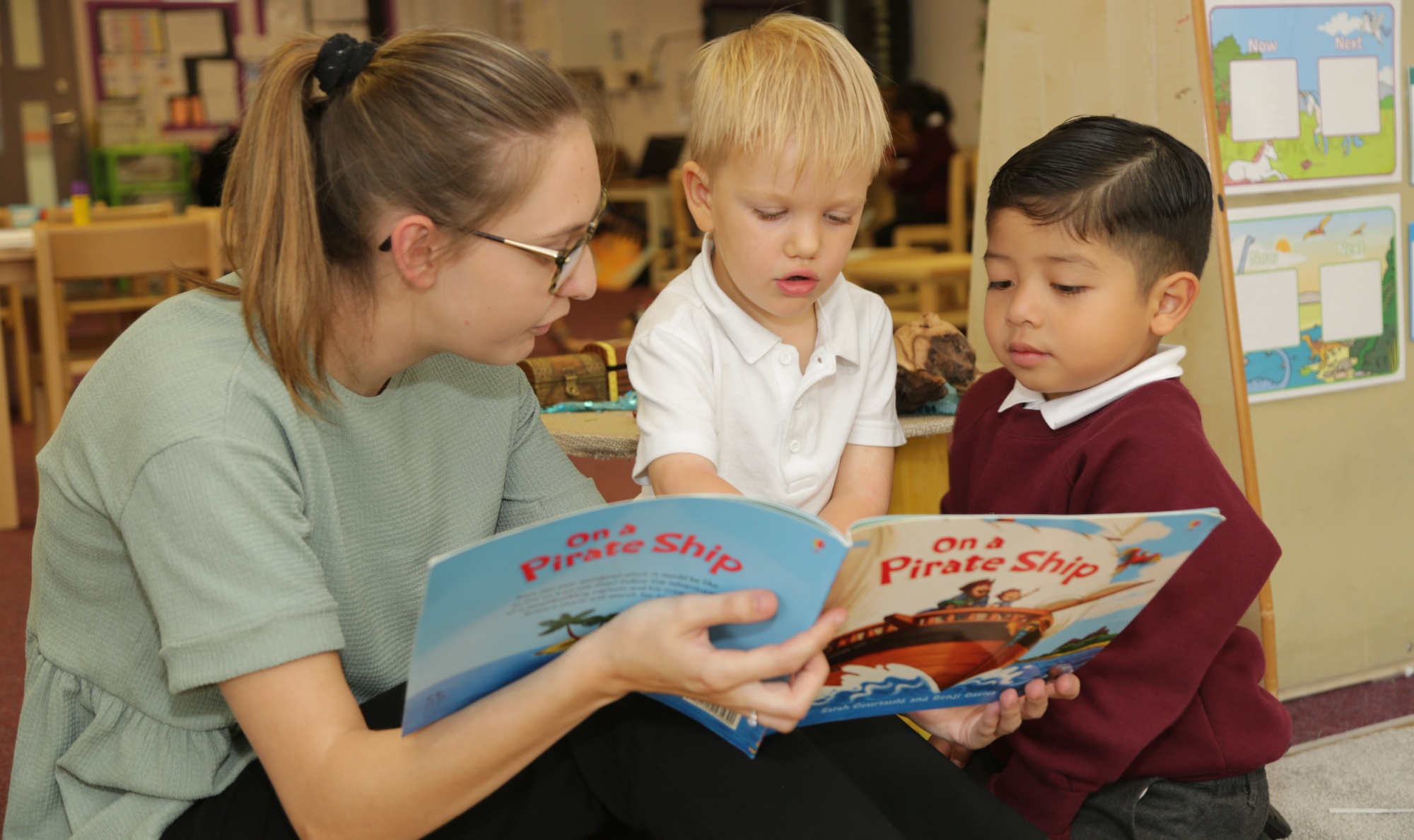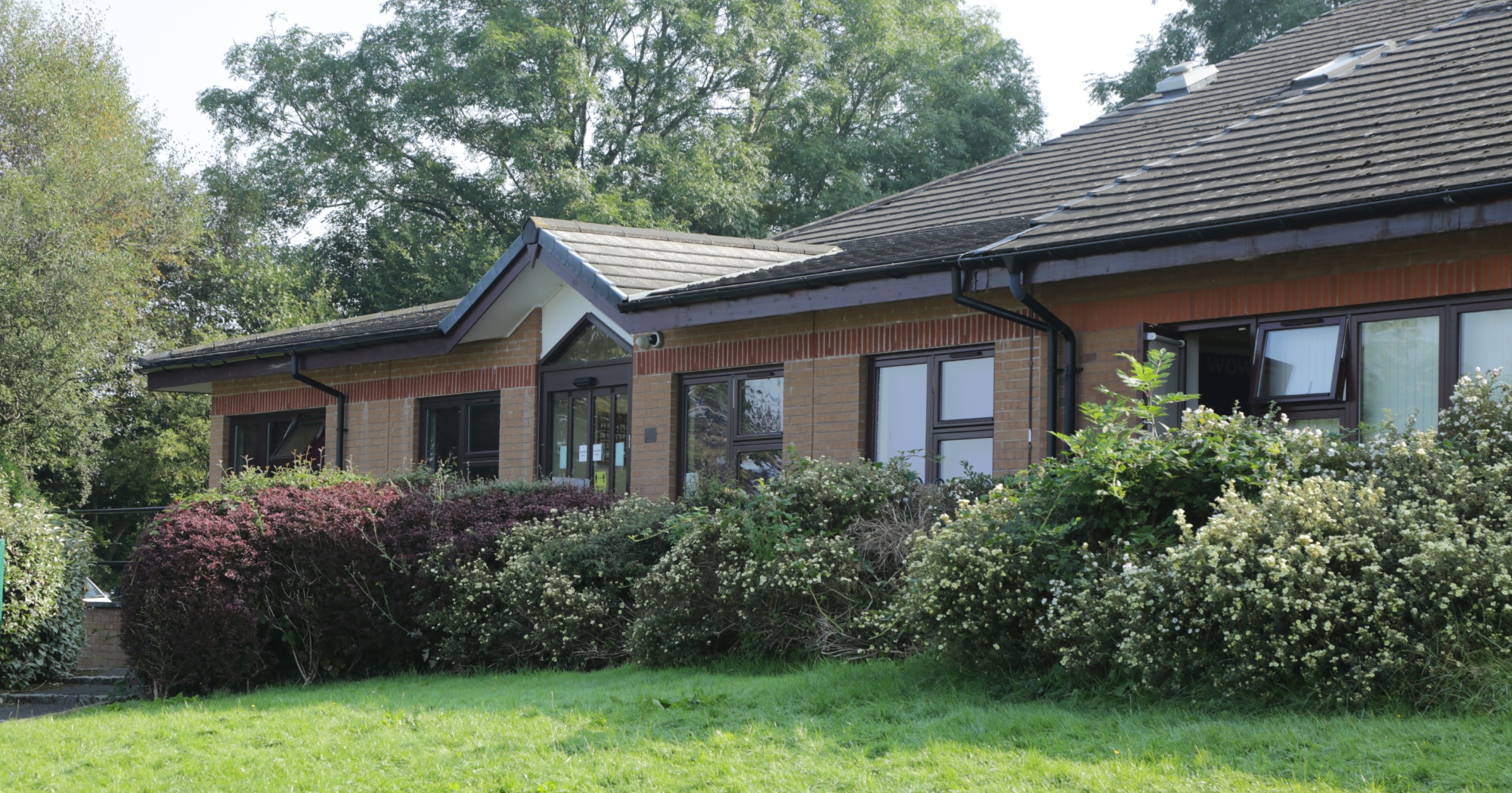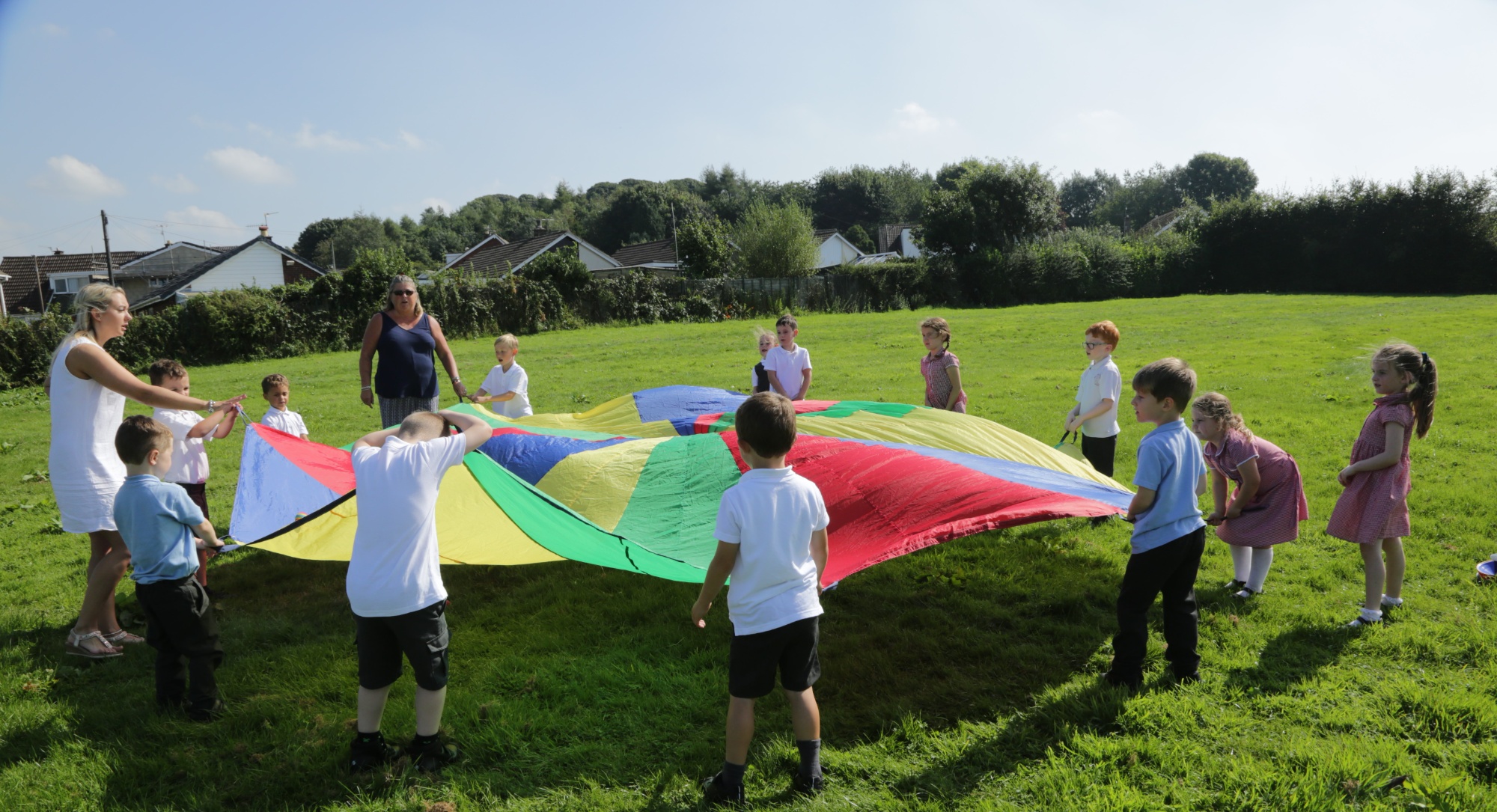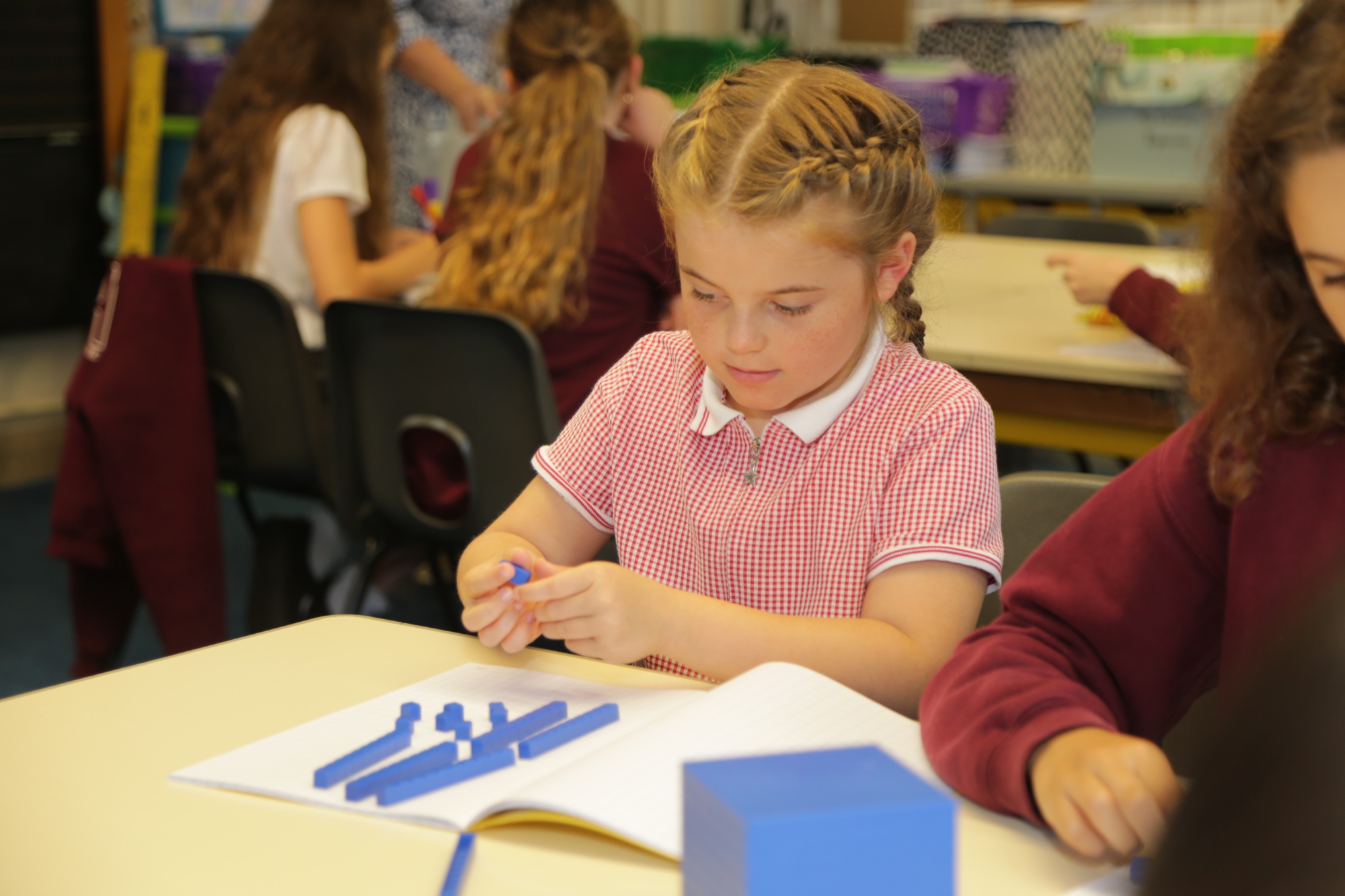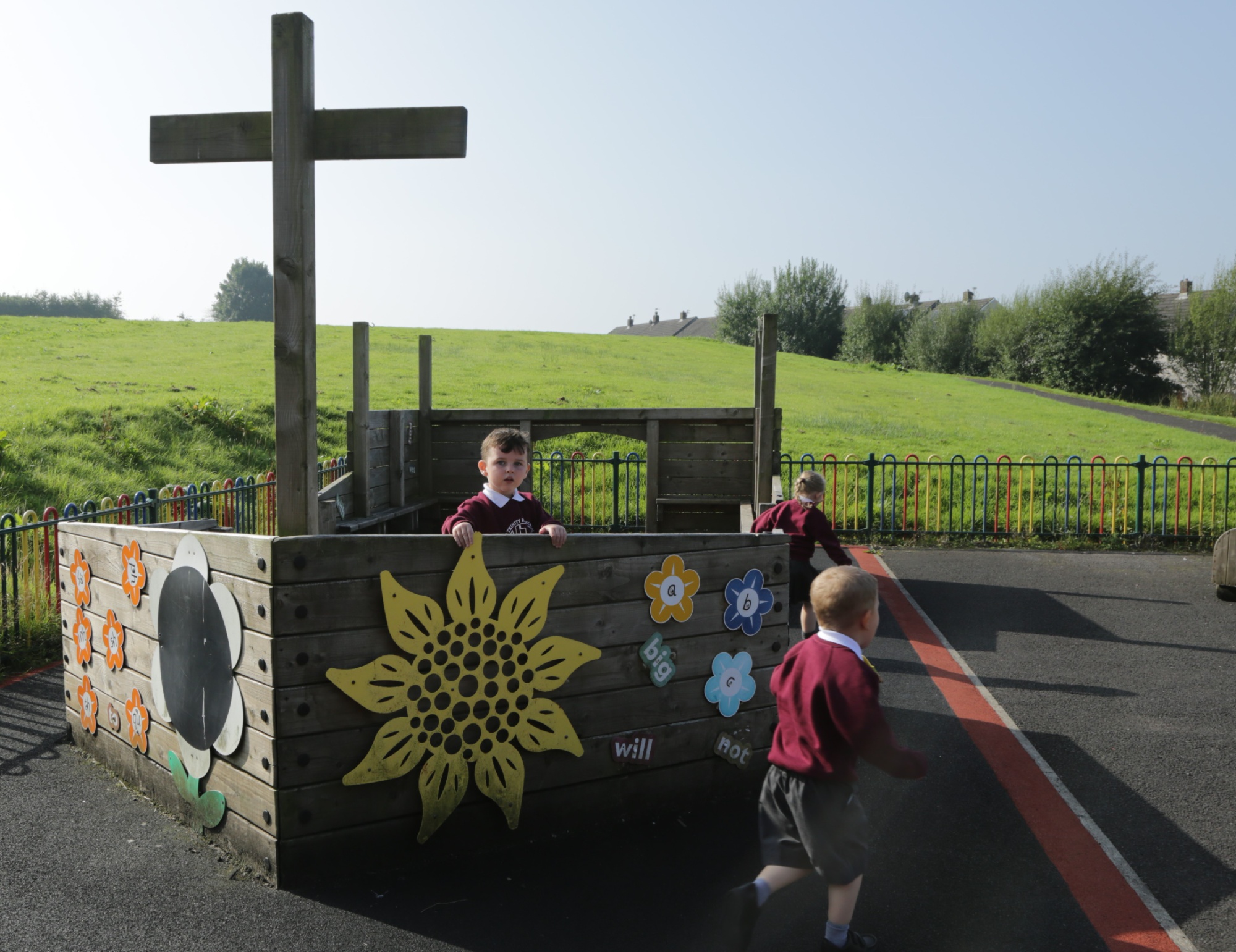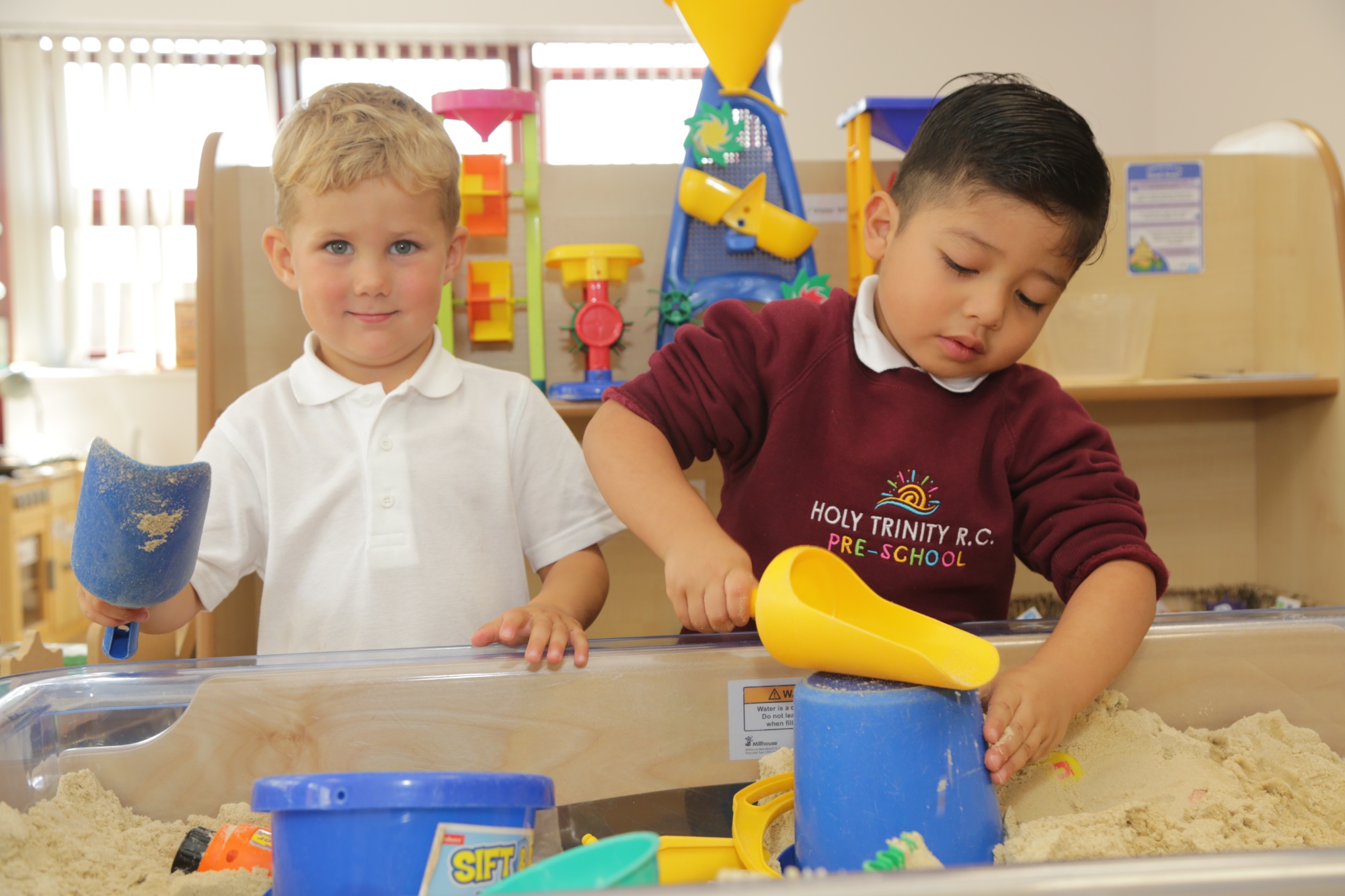
Reading and Phonics
Our phonics scheme is Lancashire's 'Red Rose Letters and Sounds'. Our reading books are in line with the phonics scheme that we use and are fully decodable. Our books are a mixture of Oxford Reading Tree, Dandelion Readers and Bug Club Phonics.
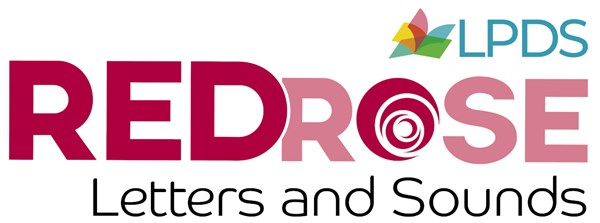
Red Rose Letters and Sounds is a systematic, synthetic phonics planning programme using the Letters and Sounds progression. It has been developed by phonics experts at Lancashire Professional Development Service. Please see 'Phonics Information for Parents' (attachment below) for more information.
Pronouncing Pure Sounds
We must use pure sounds when we are pronouncing the sounds and supporting children in reading words. If we mispronounce these sounds we will make reading harder for our children. Below are videos for phases 2 and 3 of the phonics scheme. They demonstrate the pronunciation of a letter and how it should verbally be translated to a sound, it is vital that when children are learning phonics they are producing the sound rather than the letter name.
Here is a video showing correct pronunciation of sounds.


